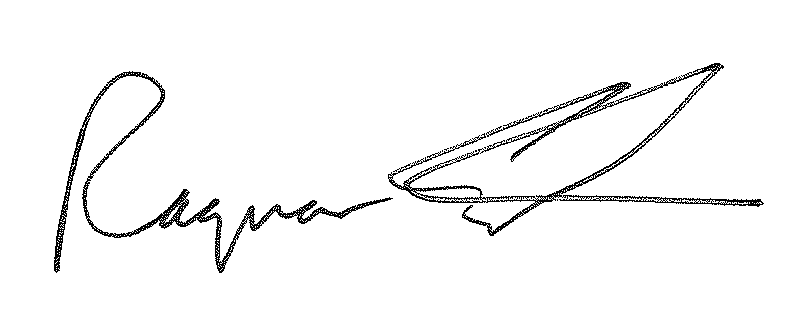The World's most sustainable aluminum
Demand for Icelandic aluminium is increasing among manufacturers that want to reduce the carbon emissions of their product, as the production of aluminium is nowhere as environmentally friendly as here.
The power used by aluminium companies around the globe is mostly not recyclable and is accompanied by high emissions of greenhouse gases. In Iceland, the carbon emissions resulting from energy production is up to ten times less. With green energy and outstanding manufacturing technology, Icelanders contribute greatly to the global fight against pollution.
Carbon emissions resulting from the operations of Norðurhál are subject to the European Union Emissions Trading Scheme and must adhere to its rules and reach the set objectives for reducing emissions of greenhouse gases.


